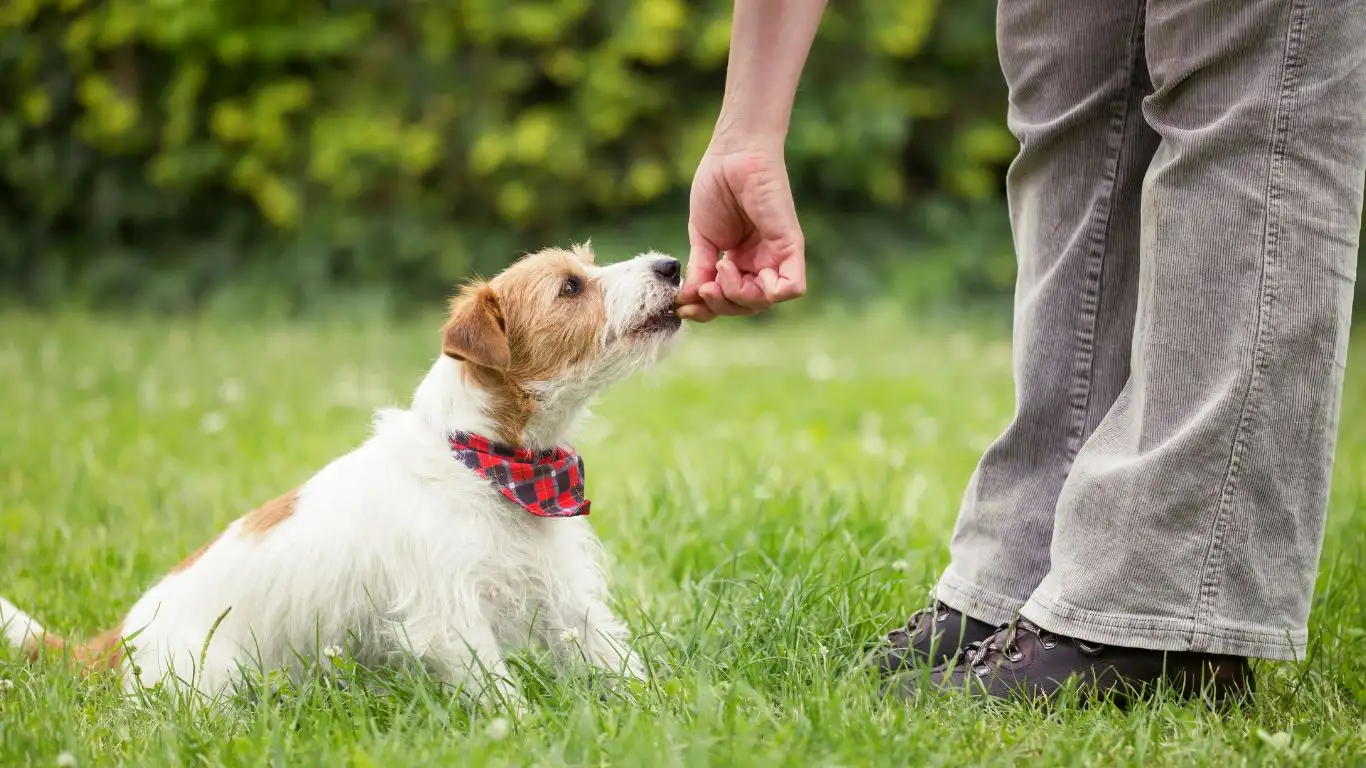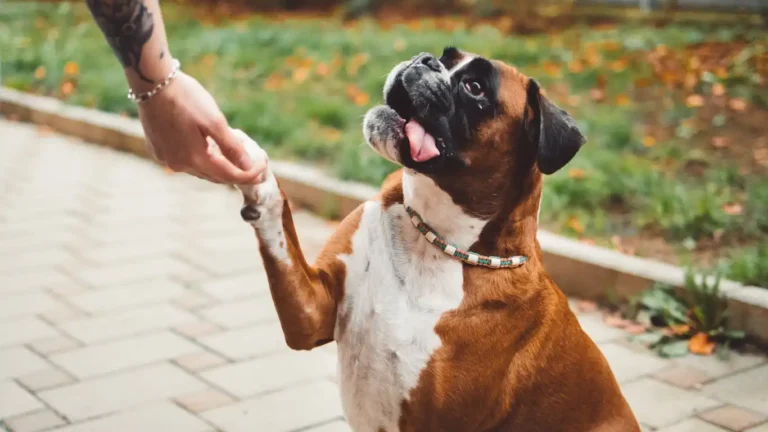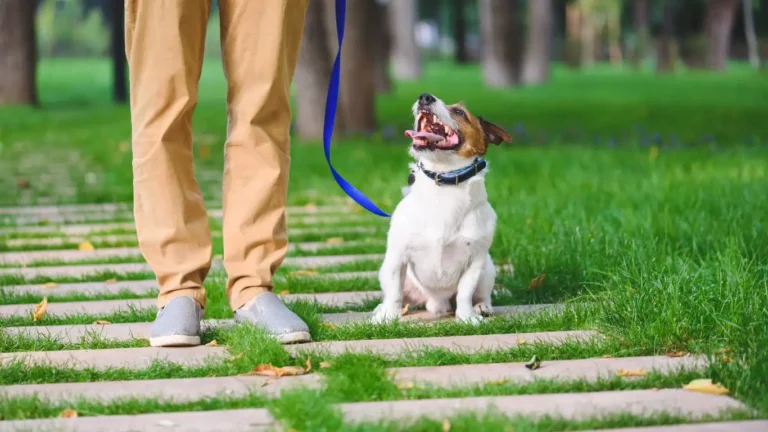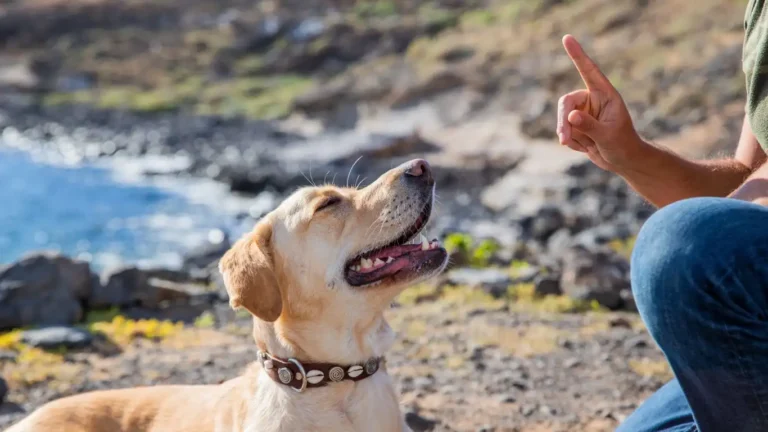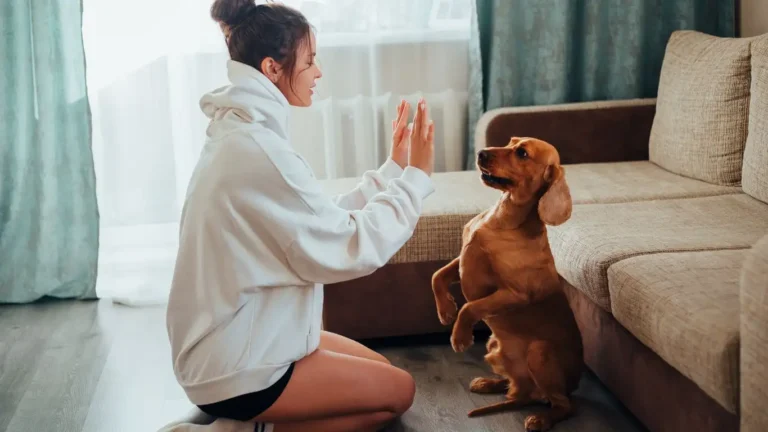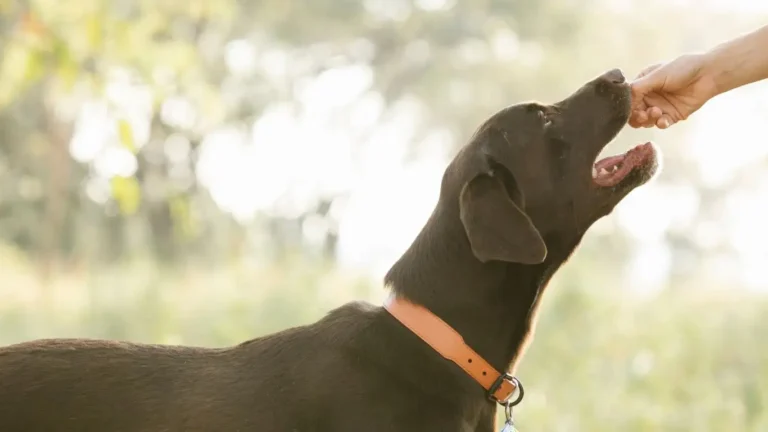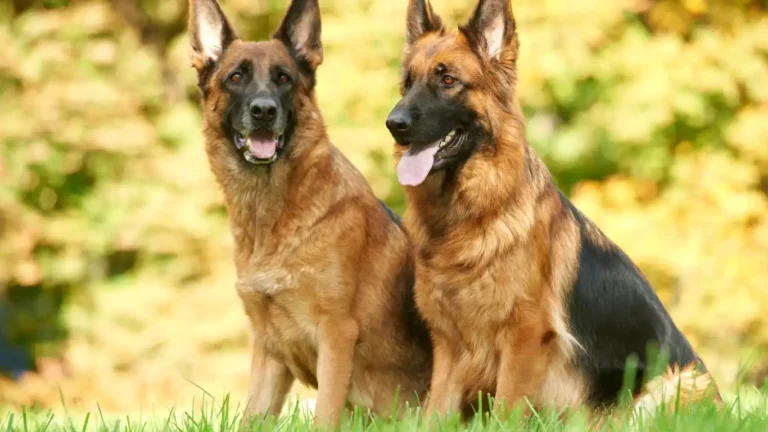Keep Your Dog Calm During Fireworks: Proven Training Tips That Work
If you’re wondering how to train a dog to stay calm while fireworks go off, you’re definitely not alone. Every year around the Fourth of July or New Year’s Eve, my phone lights up with messages from frantic dog parents, all asking for help. I’ve been in the canine-assisted therapy world long enough to know that even the most chill dogs can turn into a bundle of nerves when the sky starts crackling. The good news? There are some really effective, compassionate ways to help your pup ride out the noise without losing their cool—or their trust in you.
Why Fireworks Freak Out Even the Best-Trained Dogs
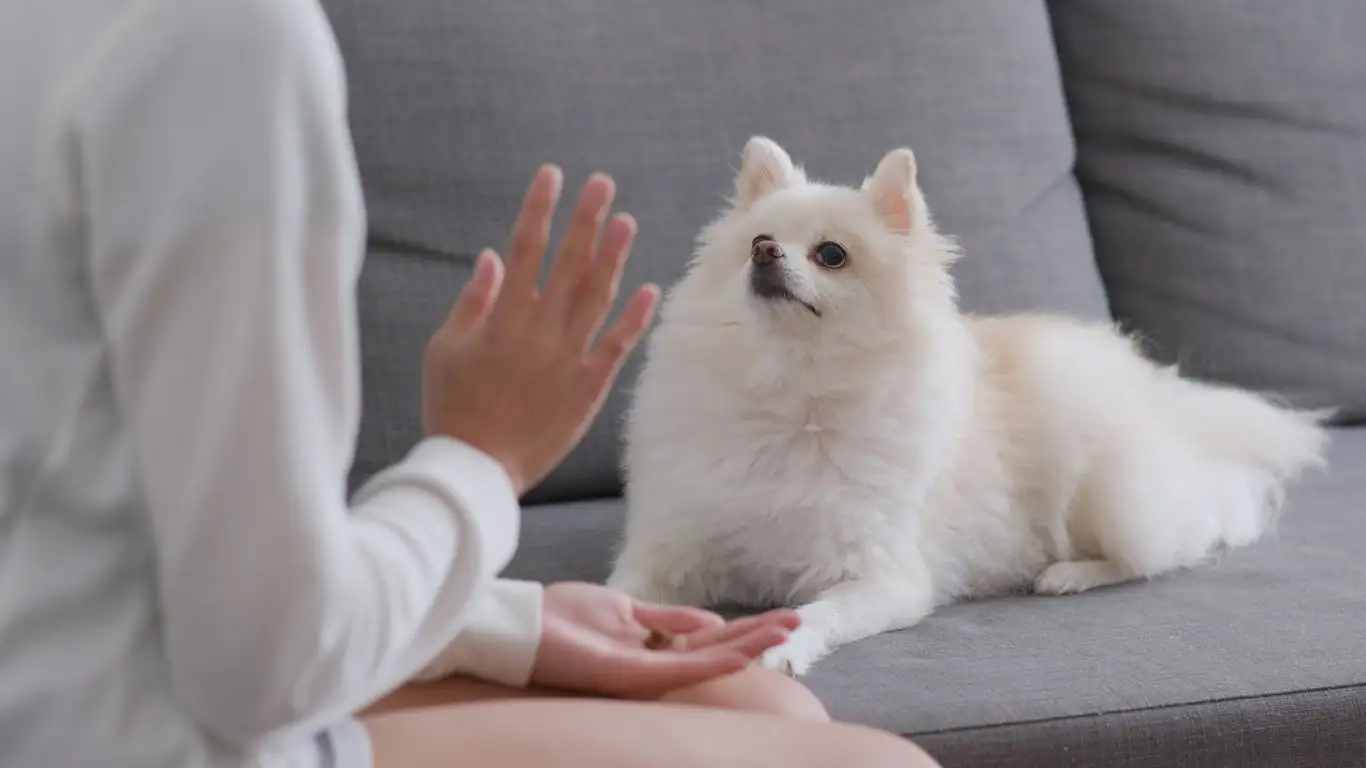
So here’s the thing—fireworks are basically a sensory nightmare for dogs. You’ve got loud, unpredictable booms, strange smells, and flashing lights. All the things that tell a dog, “Danger, get outta here!” It’s not bad behavior; it’s survival instinct. I’ve seen dogs that could sit calmly through a bustling hospital therapy visit totally lose it at the first *pop* of a bottle rocket.
That said, while you can’t exactly explain to your dog that it’s just a celebration and not an incoming attack, you can help them feel safer. It starts with understanding where their fear comes from and meeting them there, not dragging them out of it.
Start Early, Stay Consistent: The Calm Foundation
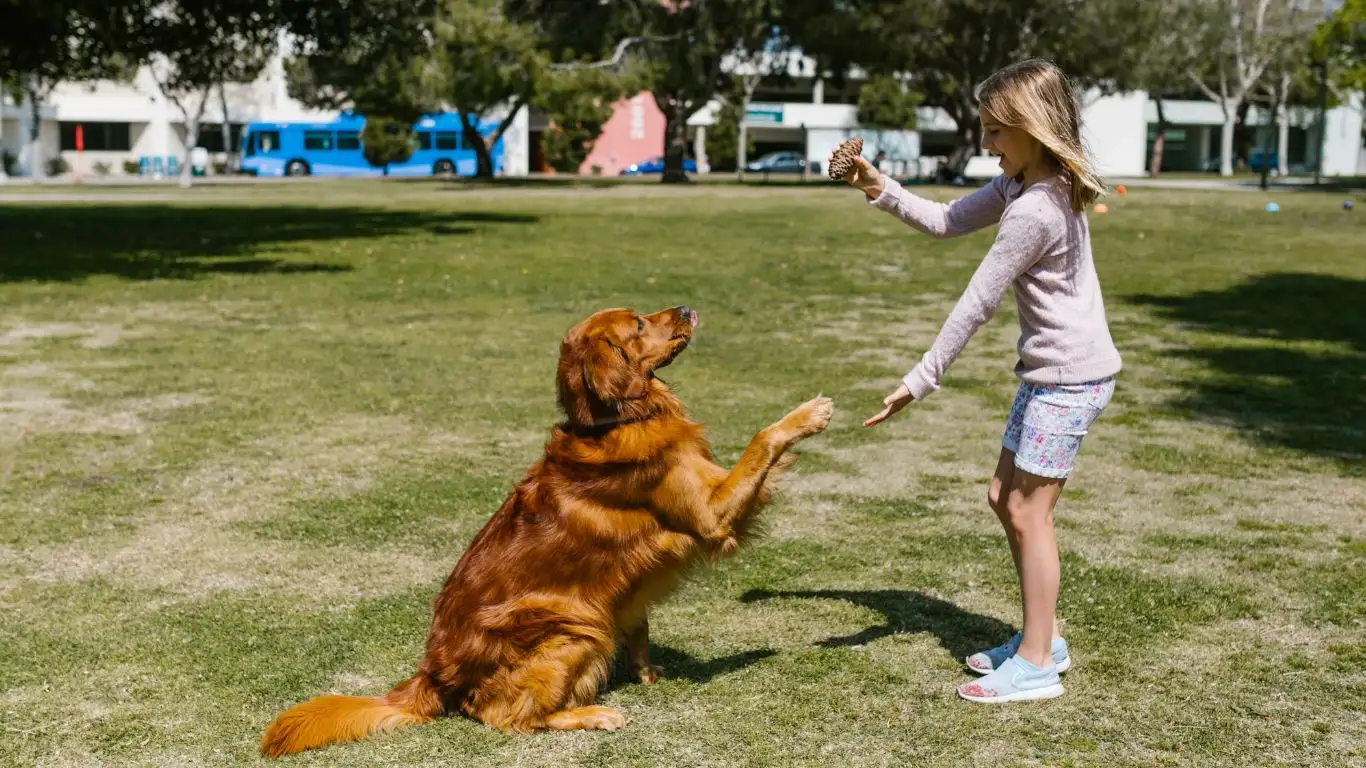
Desensitization Is Your Best Friend
One thing I’ve done with both therapy dogs in training and skittish rescues is gradual desensitization. And yes, it really works—if you start early enough. I like to use low-volume fireworks soundtracks at first. We play them during meal time, play sessions, or even cuddle time. The idea is to create a calm, positive association with the noise.
- Start with the volume very low—barely audible.
- Pair it with high-value treats, toys, or snuggles.
- Slowly increase the volume over days or weeks—not hours!
One of my golden retriever clients, Luna, was a wreck during thunderstorms and fireworks. But after three weeks of this type of training, she went from hiding in the bathtub to napping through July 4th like it was just another Tuesday. No exaggeration.
Reinforce Calm, Not Panic
This is a game-changer, and one that even experienced dog folks sometimes get backward. When your dog panics, your instinct might be to soothe them with a lot of petting and cooing. But here’s the twist—dogs don’t always interpret that as comfort. Sometimes, you’re accidentally reinforcing their fear.
Instead, wait for even a moment of calm—like a pause in the pacing or a quiet breath—and reward that. Calm begets calm. You’re essentially teaching them that “Hey, when I chill, good things happen.”
Creating a Safe Space for Firework Nights
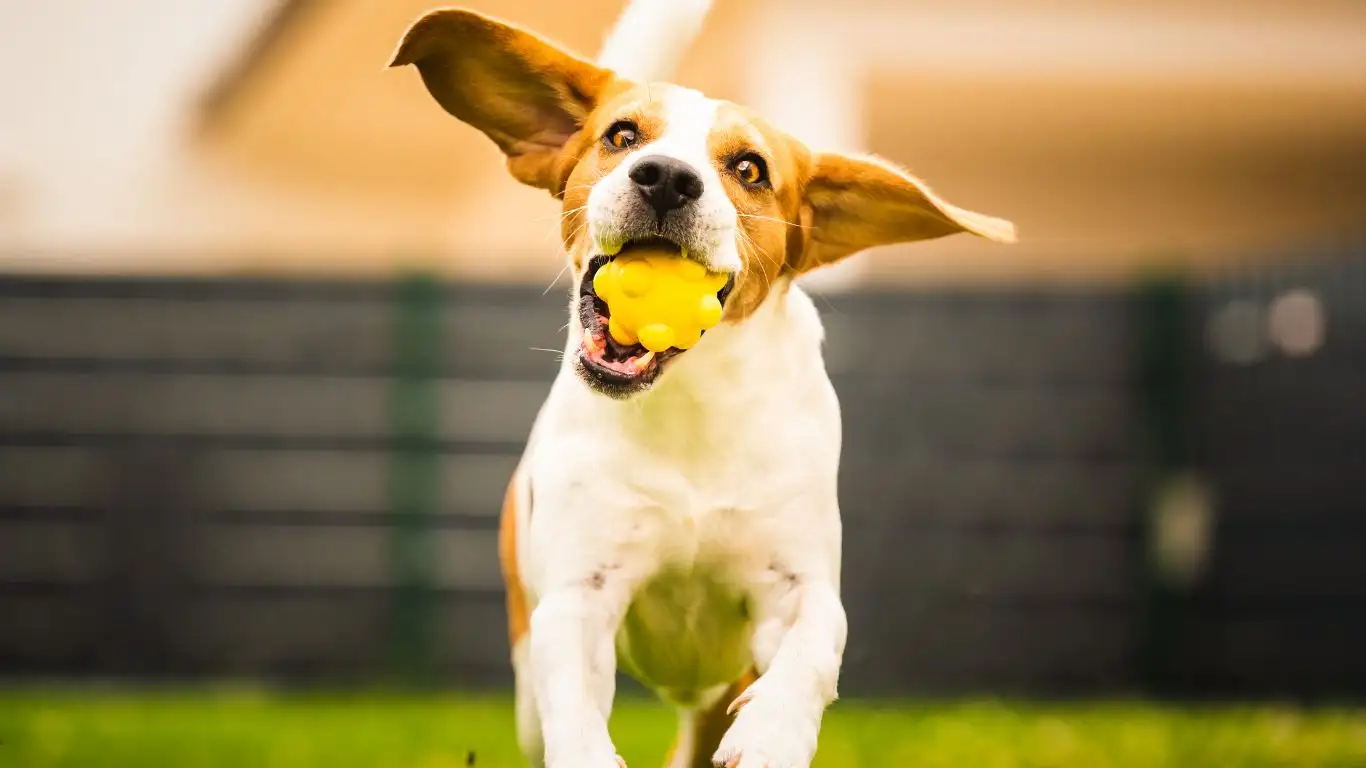
The Cozy Den Strategy
Dogs love a good hidey-hole. If your pup doesn’t already have a crate or safe zone, it’s time to set one up. I like to call it a “doggie bunker,” and it’s something I’ve used for countless therapy dogs in training who need a solid retreat zone.
- Pick a quiet, interior room like a closet or bathroom.
- Add cozy bedding, their favorite toy, and maybe an item that smells like you.
- Play soft white noise or calming classical music (yep, it helps!).
You’d be amazed at how quickly dogs catch on. One of my clients’ border collies now heads straight for her “fireworks fort” as soon as the booms start, and waits it out like a little trooper.
Use Scent and Pressure to Their Advantage
Calming sprays with lavender or chamomile, or even a few drops of dog-safe essential oils on their bedding, can make a difference. And don’t underestimate the power of a good pressure wrap (like a ThunderShirt). The gentle squeeze can have a real soothing effect, kind of like a weighted blanket for humans.
I’ve seen dogs transform from anxious messes to peaceful pups just by adding a calming wrap and turning their crate into a comfort cave.
Establishing a Pre-Fireworks Routine
Exercise Before the Chaos
This one’s simple but super effective: tire your dog out. A good long walk, a game of fetch, or even a flirt pole session a few hours before sundown can work wonders. A tired dog is a calmer dog.
Back when I worked with a high-energy pit mix named Tango, we scheduled “energy drain” days around holidays. Nothing extreme—just enough movement to help him settle. It made fireworks night a whole lot smoother.
Feeding, Potty, and Wind-Down Time
Stick to your dog’s routine as much as possible. Feed them a little earlier, get their last potty break in before the chaos starts, and give them a chance to unwind. The more predictable their environment is, the less stress they’ll feel when things outside get loud and unpredictable.
Training Your Dog to Stay Calm While Fireworks Go Off
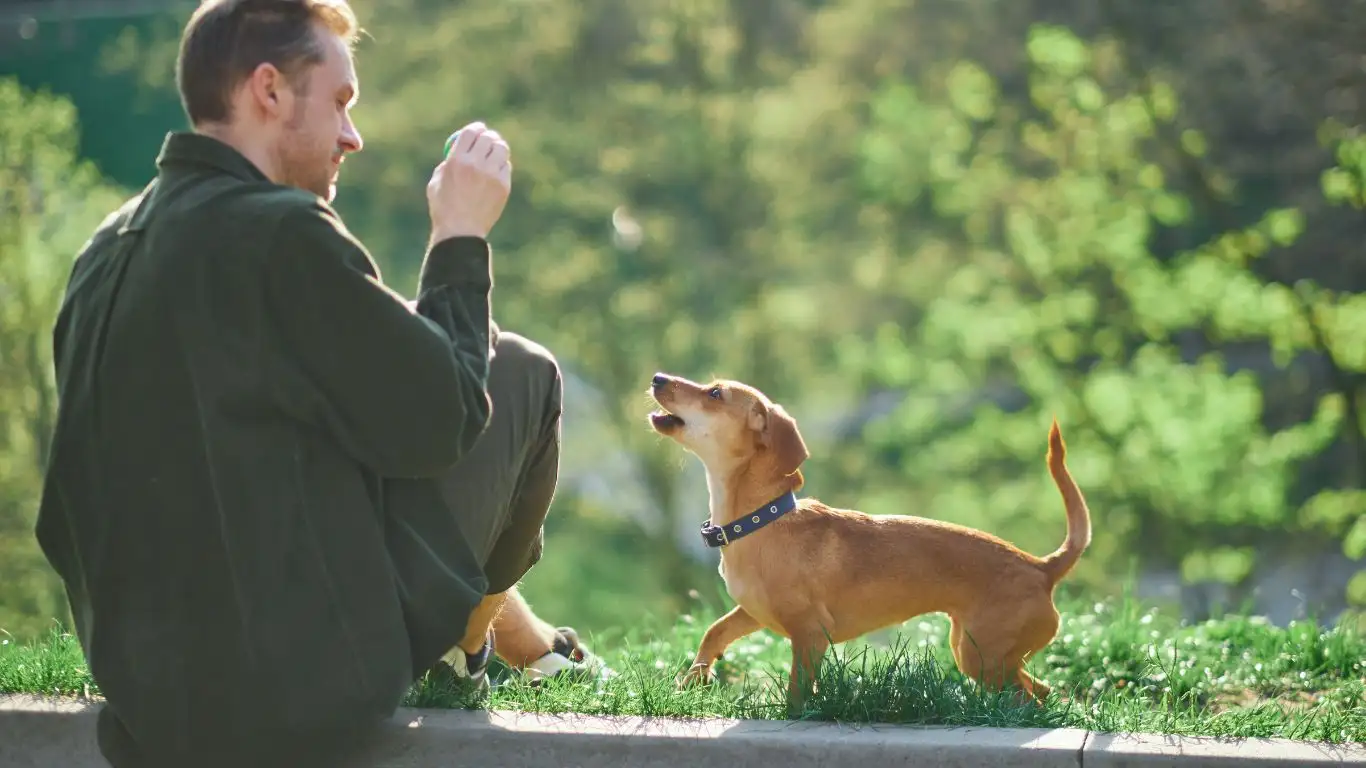
Yes, You Can Train Calm—Even When It’s Loud
Here’s the deal—how to train a dog to stay calm while fireworks go off isn’t about a quick fix or magic product. It’s about patience, empathy, and building trust over time. I’ve had dogs come through my therapy prep programs who had a panic threshold so low, they’d tremble at the sound of a microwave ding. So if your pup is struggling, you’re not failing—it just means they need more support.
One technique I lean on a lot is “calm pattern conditioning.” Basically, it means we build a predictable sequence your dog can rely on. We train a series of cues that lead into a calm behavior—like going to their mat, lying down, and focusing on you—even when there’s background noise. It takes repetition, but when it clicks? Oh, it’s gold.
Start in a Quiet Space First
Before you throw any firework sounds into the mix, start the training in your quiet living room. Teach a strong “settle” or “relax” cue. I like using a yoga mat or soft blanket as a designated calm zone. Once your pup knows this is the spot where chill things happen, you can slowly layer in distractions—eventually including fireworks sounds at low volumes.
- Mark and reward when they lay down calmly.
- Gradually increase duration before rewarding again.
- Fade out the treats slowly, but always praise them.
With time, that mat becomes more than just a physical space—it’s an emotional anchor. I’ve seen therapy dogs who automatically retreat to their mats during loud events, knowing it’s their safe, calm zone.
Natural Calming Aids That Actually Work
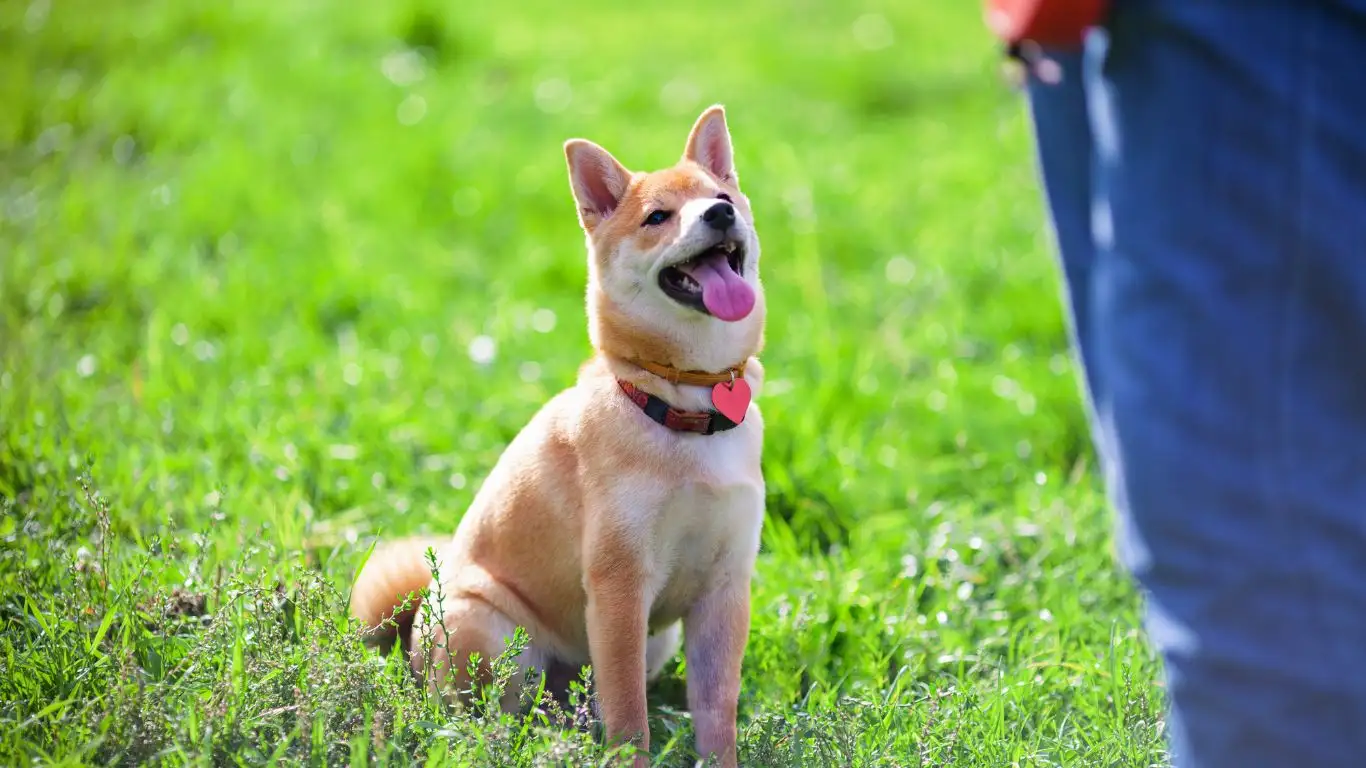
Tools Aren’t Cheating—They’re Support
Let’s clear this up: using tools like calming chews, anxiety wraps, or pheromone diffusers isn’t a cop-out. It’s smart, compassionate care. I’ve worked with reactive dogs in therapy environments, and sometimes a little extra help is what lets them stay under threshold and continue learning. That’s what we want, right?
- CBD treats or calming chews: Always vet-approved. Look for ones with L-theanine or tryptophan for natural stress relief.
- Thundershirts or anxiety wraps: Like a hug for your dog. Surprisingly effective when fitted properly.
- Adaptil diffusers: They mimic natural dog pheromones and can set the tone in the house as dusk falls.
I remember this senior beagle named Gus—bless him, he hated loud anything. We paired a calming chew with his cozy crate and white noise, and he actually snoozed through a neighborhood firework display. His mom couldn’t believe it.
A Word on Medication
Sometimes, natural just doesn’t cut it—and that’s okay. If your dog experiences extreme distress, consult your vet about situational anxiety meds. They’re not a first step, but they can absolutely be part of a holistic plan. Think of it like doggie training wheels—they help until your dog has enough confidence to go solo.
Handling the Big Night: Real-World Fireworks Scenarios
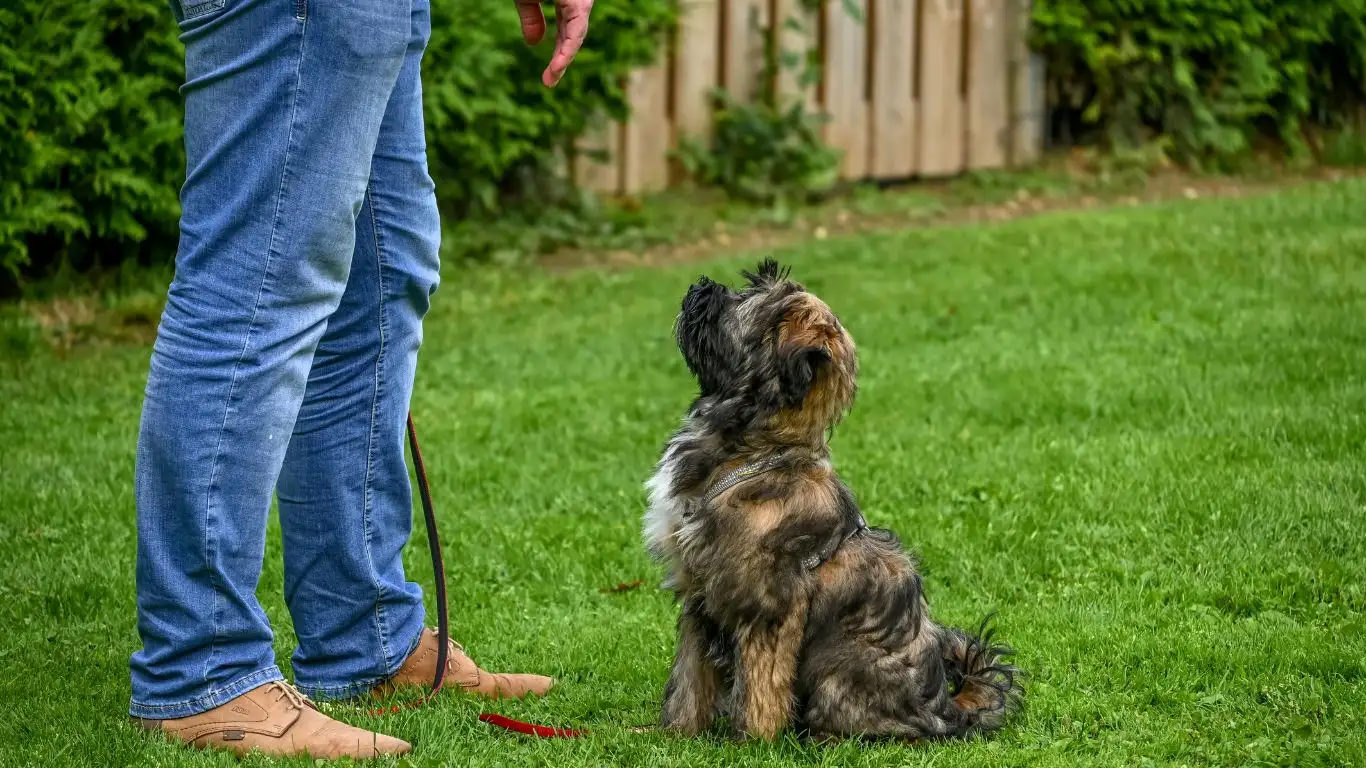
Game Plan for the Evening
Once you’ve done the prep work, here’s how to actually handle the night when fireworks start popping. I always tell my clients to treat this like a mini event—your dog’s well-being is the VIP.
- Get exercise in early—think mental and physical.
- Close windows and curtains to muffle sound and block flashes.
- Set up your dog’s safe zone with cozy bedding, favorite toys, and calming background noise.
- Stick to your routines—feed and potty them early, then go into wind-down mode together.
Personally, I like to make it a little ritual. Turn the lights low, put on a calm playlist, make some tea (for you, not the dog!), and settle in for a chill night. If you’re calm and grounded, your dog picks up on that energy. They really do.
Know When to Intervene—And When Not To
This is one of the trickiest parts for pet parents. If your dog is coping in their safe space—maybe trembling a little, but not escalating—sometimes the best thing you can do is just be nearby and calm. Resist the urge to fuss too much.
But if they’re escalating—trying to escape, panting heavily, or showing signs of real panic—that’s when you step in. Lead them gently back to their safe space, give a calming cue if trained, and offer a comfort item. Stay close, but don’t overwhelm. Quiet presence speaks louder than a lot of words in these moments.
Be Prepared for Setbacks
Even the best-trained dogs can have off nights. Don’t beat yourself up. I’ve seen dogs make huge progress for weeks, only to backslide a bit during an especially loud holiday. That’s totally normal. Training is a curve, not a straight line.
Celebrate the wins, even the small ones. If your dog paced less, settled faster, or bounced back quicker this time—those are signs you’re doing something right.
What to Do After the Fireworks: Recovery and Reinforcement
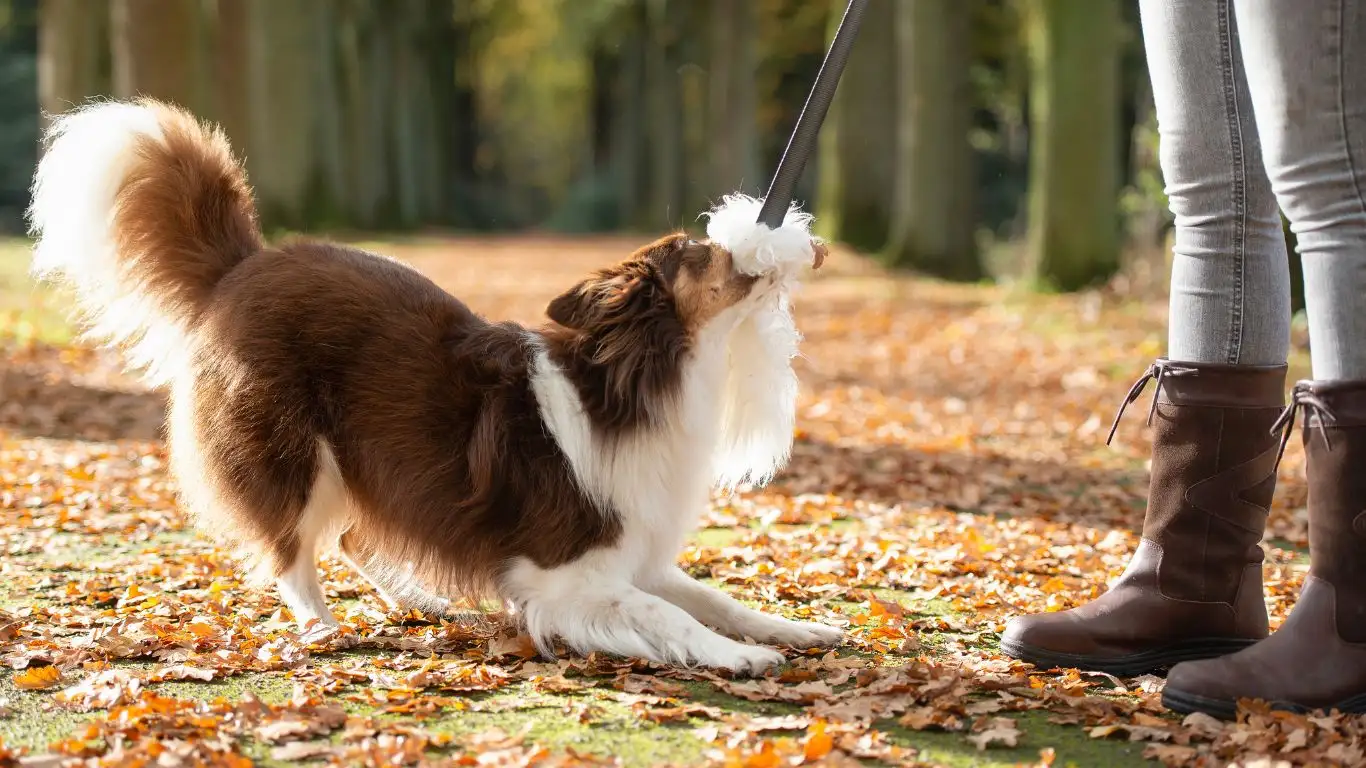
The Morning After Matters
Fireworks may only last a night, but their impact on your dog’s nervous system can linger. I’ve worked with dogs who were jumpy and unsettled for days afterward if there was no follow-up support. That’s why I always tell clients: the day after is just as important as the day of.
Start the next morning with calm structure. Go on a relaxing walk, offer a puzzle toy or snuffle mat to gently re-engage their brain, and stick to routines. If your pup had a hard time, don’t rush them back into busy environments. Let them recalibrate. That’s how you build resilience over time.
Reinforce the Calm Behaviors You Saw
If your dog used their crate, stayed on their mat, or came to you for comfort instead of panicking, celebrate that! Not just emotionally—actually reinforce it. Use praise, treats, or extra playtime to let them know they nailed it. Dogs thrive on knowing what works.
One of my past therapy trainees, a sweet rescue named Murphy, used to be terrified of all sudden noises. One year, after a rough New Year’s, we noticed he had calmly walked to his den during a local firework show. We showered him with praise the next morning, and guess what? He did it again the next time—even faster. Dogs remember success.
Advanced Tips for Dogs With Severe Noise Phobia
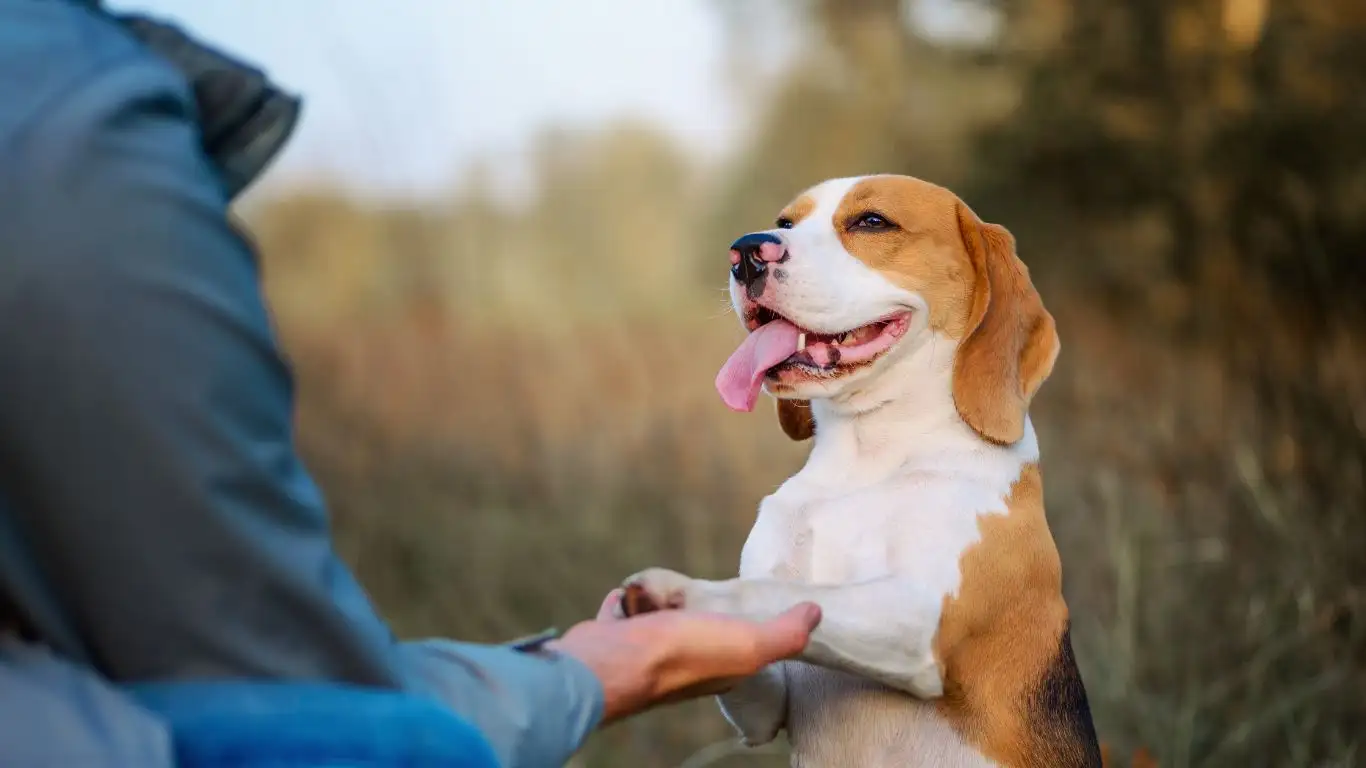
Work With a Certified Behaviorist
If your dog’s fear reactions are extreme—like destructive behavior, self-harm, or complete shutdown—it’s time to bring in a pro. Certified behavior consultants or veterinary behaviorists can tailor a plan specifically for your dog’s needs. I’ve referred several cases out over the years, and with the right support, even the toughest cases have improved dramatically.
Look for credentials from trusted organizations like the AKC, PetMD, or Health.com. Make sure they use force-free, evidence-based methods. Avoid anyone promoting fear-based dominance tactics—that approach only makes anxiety worse, especially in cases of noise phobia.
Counter-Conditioning With a Professional Plan
This goes a step beyond simple desensitization. With counter-conditioning, we’re actually reprogramming your dog’s emotional response to fireworks. It’s deeper work, but incredibly effective when done right.
- Pair low-level firework sounds with extremely high-value rewards.
- Only progress to higher volumes when your dog is totally comfortable.
- Track sessions in a journal—note triggers, responses, and progress.
I had a client once, a German shepherd named Jasper, who would shake and drool at even a firecracker in the distance. After six weeks of structured counter-conditioning, his tail started wagging when we turned on the sound playlist—he knew it meant peanut butter time. That’s the kind of change this approach can deliver.
Real-Life Stories from the Field
Riley the Labrador: From Nervous Nellie to Chill Companion
Riley came to one of my workshops a few summers back. Sweet as sugar, but firework season turned him into a nervous wreck. His family was worried, thinking they’d have to sedate him every year. We built a plan using desensitization, mat work, and a custom safe space. By the next holiday, he stayed curled up by the couch—relaxed and dozing through the booms.
Bella the Boxer: Confidence Through Connection
Bella’s breakthrough came not through tools or soundtracks, but through her person. Her owner learned how to model calm, stay relaxed, and give Bella space to cope. The result? Less reactivity, more connection. That’s what I always tell people—you are your dog’s anchor. And when you’re steady, they learn to steady themselves too.
What You Can Do Today to Get Started
Don’t Wait for July—Start Now
The best thing you can do? Don’t wait until fireworks season is already here. Start laying the groundwork today. Even five minutes a day of calm mat training or sound desensitization can add up fast.
If you’re reading this close to a holiday, pick one or two strategies that feel doable and begin there. Remember, progress doesn’t have to be perfect—it just needs to move forward.
Lean Into Community
Don’t go it alone. Talk to your vet, your trainer, or a local pet parent group. There are fantastic online resources and forums where you can ask questions and share wins. If you’re looking for trustworthy sources, I recommend checking out PetMD and NIH for science-backed articles on behavior and anxiety.
And of course, if you’re in the canine-assisted therapy space like I am, lean on your training partners and mentors. We’ve all seen anxious pups turn into confident canines with a little patience and a whole lotta love.
Final Thoughts: You’ve Got This
Helping a dog stay calm through fireworks isn’t always easy—but it is absolutely possible. The key is staying consistent, compassionate, and curious. Every dog is different, and that’s what makes the process so rewarding. When you start to see them self-soothe or look to you instead of panicking, it’s the most heartwarming thing.
So if your dog struggles right now, just know there’s a way forward. And you’re not alone—trainers, vets, behaviorists, and thousands of dog parents are right there with you. Fireworks don’t have to be a nightmare for your pup. With the right support and strategy, they can be just another noise in the background while your dog keeps snoozing peacefully by your side.
Disclaimer: The information in this article is based on my personal experience as a Canine-Assisted Therapy Trainer and is intended for general guidance only. Every dog is unique, and severe anxiety or phobia should always be addressed in consultation with a licensed veterinarian or certified behavior specialist. For more on professional behavior support, visit Health.com or AKC.
